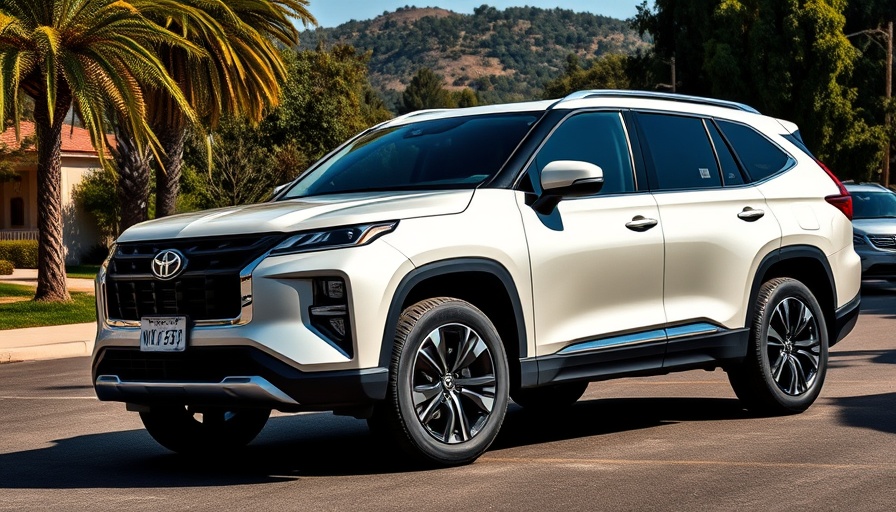
Nissan's CVT Settlement: A Glance at the Details
In a recent class-action lawsuit, Nissan has managed to secure some closure for owners of the 2015–2018 Murano and Maxima models suffering from faulty continuously variable transmissions (CVTs). While the settlement offers a $3.47 million payout alongside an extended warranty, many owners feel that the remedy is more of a consolation than a victory.
Understanding the Bigger Picture
The lawsuit traces back to allegations that Nissan knowingly sold vehicles equipped with problematic CVTs. These transmissions have reportedly caused significant issues, leading owners to seek not just financial restitution but crucial changes in the vehicle’s manufacturing practices. Plaintiffs sought comprehensive remedies including transmission replacements and better communication from Nissan regarding these issues. However, the outcome appears far from satisfying.
How the Settlement Breaks Down
Of the $3.47 million payout, only a fraction benefits the actual plaintiffs. Just $20,000 is allocated to the four lead plaintiffs, with the majority of funds going to legal fees. This situation is all too familiar in class-action cases where attorney fees overshadow the compensation received by affected consumers.
Nissan’s extended warranty of 84 months or 84,000 miles, whichever comes first, sounds attractive initially. However, for many affected owners, their vehicles might already be past the seven-year mark, rendering this extension nearly useless in practical terms.
What it Means for Vehicle Owners
For the numerous owners who experienced transmission issues, there are some financial relief options. Eligible repairs performed during the warranty phase may be fully reimbursed if completed at a Nissan dealership, while independent shop repairs may garner limited reimbursements. Additionally, owners with repeated transmission failures may qualify for a $1,500 discount on a new Nissan or Infiniti vehicle purchase — albeit at the cost of foregoing repair reimbursements.
The Broader Impact on Nissan’s Reputation
As Nissan navigates through this settlement, it finds itself amidst restructuring challenges, including potential lay-offs and management upheaval. This lawsuit is a chapter reflecting the automaker's ongoing efforts to regain consumer trust and stabilize its market position. For many consumers, these ongoing issues only amplify concerns regarding Nissan’s overall vehicle reliability.
Social Consequences: A Trust Deficit
The ramifications of this settlement extend beyond just financial aspects; they signal a growing distrust among consumers. Many owners feel frustrated that the automaker has resisted taking meaningful accountability for their product's performance, raising significant questions about the long-term reliability of Nissan vehicles in the face of repeated complaints regarding CVTs. More than just cars, this reflects upon Nissan's reputation as a key player in the global automotive scene.
Consumer Insights: Navigating the Challenges of CVT Issues
The narrative surrounding Nissan's CVT troubles acts as a cautionary tale for consumers considering vehicles with continuously variable transmissions, especially from this era. It unveils the vulnerabilities associated with such systems and underlines the importance of thorough research before making purchasing decisions.
Conclusion: Preparing for the Future
As awareness grows around transmission issues inherent to specific models, consumers are advised to stay informed. The longstanding reputation of a brand can significantly impact ownership experience and resale value. Engaging with automotive newsletters or discussions about reliable vehicles in the market can prepare potential buyers to make informed decisions, thereby fostering trust in the automobile industry.
 Add Row
Add Row  Add
Add 




Write A Comment